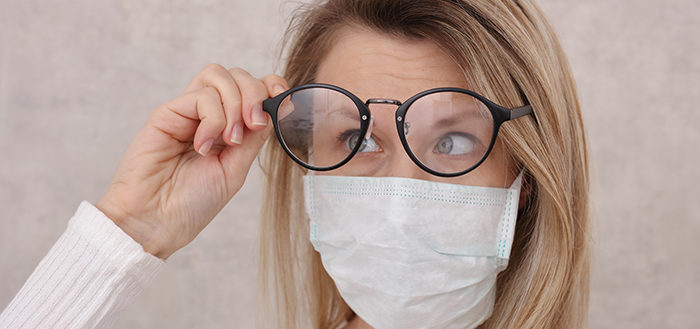Before phasing back in to seeing patients on a routine basis, there are a lot of decisions you and your staff need to make. They apply to everything from scheduling and supplies to new protocols and patient care procedures. Since COVID-19 is likely to be an issue for a long time, changes you make should be viewed not as temporary, but as the “new normal.”
Here’s a look at several critical areas and key considerations for each of them.
APPOINTMENTS
Depending on the patient’s issue, is telehealth an option for this individual? Check with your professional organization, as opportunities for approved telephone-based consultations, virtual check-ins, e-visits, and telemedicine exams have been increased.
If you have scheduled an in-office appointment, email forms prior to the appointment. Be sure to ask patients to complete them prior to coming to the office.
Consider adding more time between appointments. That will allow time for the necessary sterilization between patients. Also, explain that the patient can be accompanied by no more than one individual.
You may want to have time slots early in the morning or late in the afternoon for elderly patients or those with underlying health conditions at higher risk.
ARRIVAL
Take patient temperatures immediately. Consider adding a doorbell so that you can check on their health and temperature before they are invited to enter. Once inside, start with having the patient wash their hands and put on a mask.
Separate chairs in the waiting room to six feet apart if possible. If there are too many patients waiting, maybe “wait in the car” and texting when you are ready for the patient is an option. Or call patients if you are running behind so they can show up closer to when you will be ready.
EXAM ROOM
Limit excessive conversation during the exam, especially while using slit lamps. The doctor should wear eye protection as well as a face mask. An N-95 mask is highly recommended, as are tight-fitting goggles. The room itself, especially all contact points (for example, slit lamps including controls, and tonometer tips, if they’re not disposable) must be thoroughly disinfected and/or sterilized, between appointments.
PRODUCT + PAYMENT
Establish a procedure for sanitizing frames every time they are touched. To help, revise your presentation process by selecting just a few frames and presenting them on an easy-to sanitize tray… something some practices were already doing as the “concierge” model gains popularity.
As for payment, add an online payment portal to help minimize contact. And, when it comes to patients returning to pick up the product, is curbside delivery a possibility in your location?
THE PATIENT
Many have lost their jobs, and others will continue to be financially impacted even as the economy inches its way back up. At the very least, your patients are fearful of physical contact, even with healthcare workers they trust.
One plus, however, is that wellness is going to be a big consumer motivator going forward. Remember that when purchasing and creating messaging around the products and services you provide. It’s a great way to help rebuild consumer confidence.
